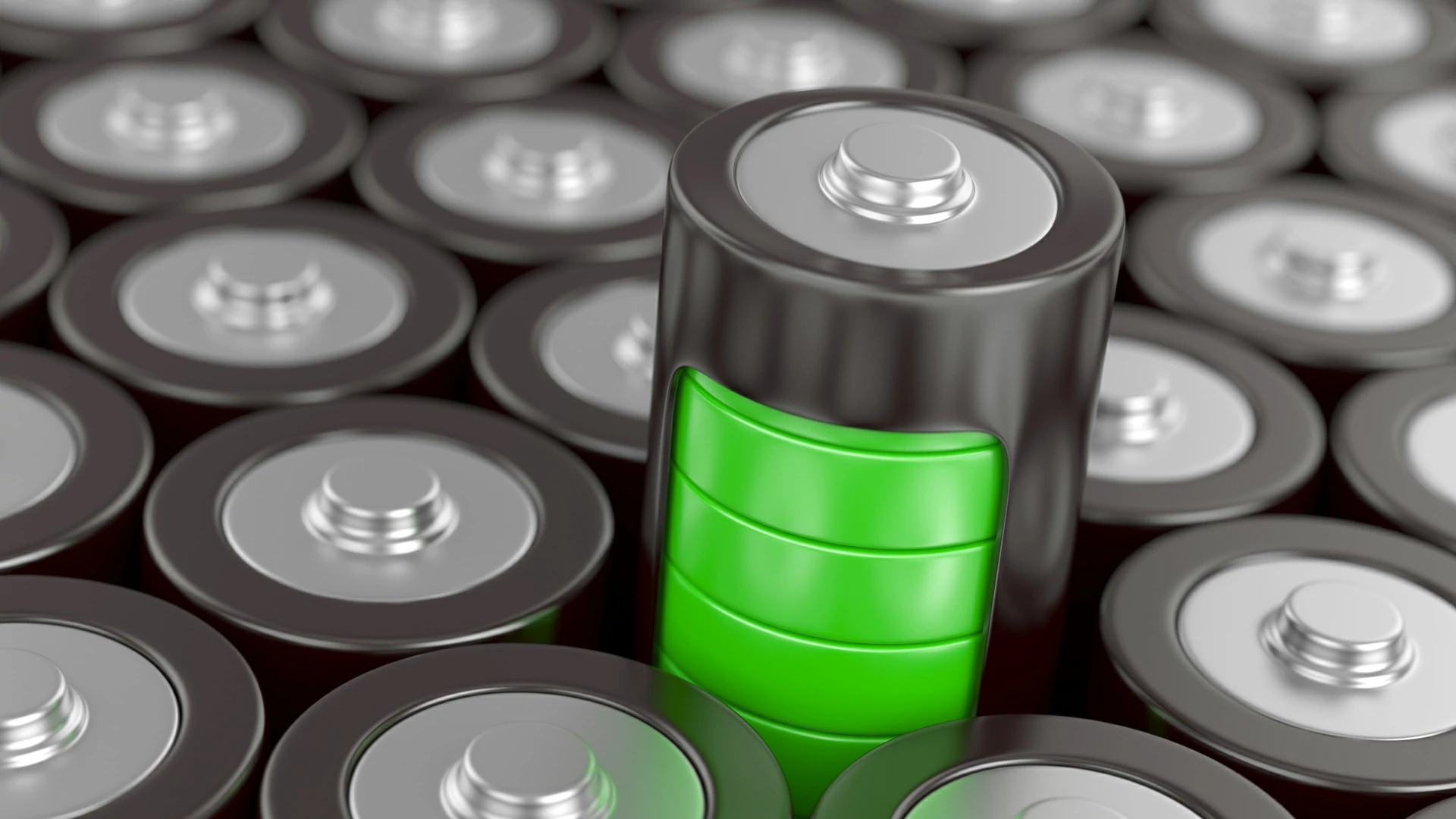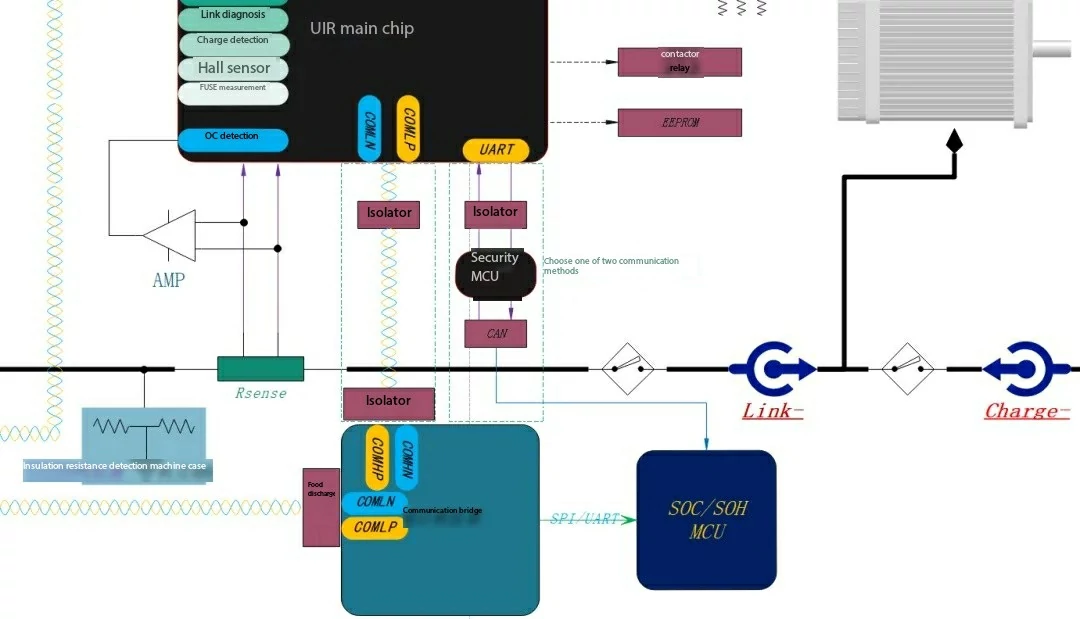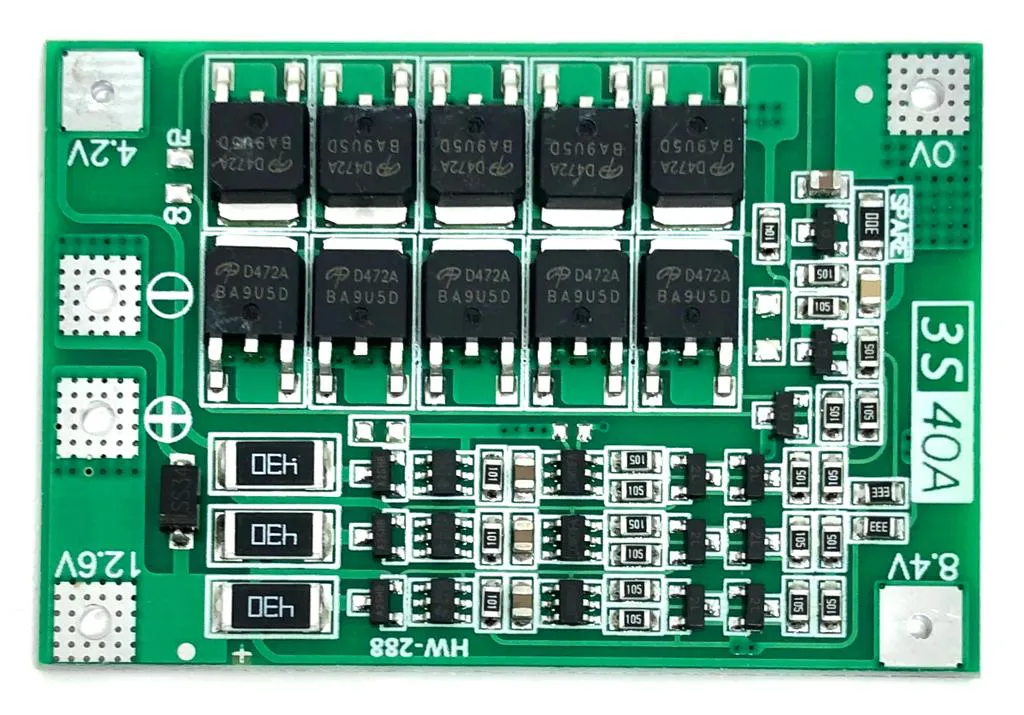Charge Cut-off Voltage Charge Cut-off Voltage is a key parameter...
Manufacturing process of lithium iron phosphate battery
Lithium iron phosphate battery (LiFePO4) has become an important choice in the field of modern energy storage and electric vehicles due to its excellent safety, long service life and good thermal stability. The manufacturing process is mainly divided into three key links: the electrode section process flow, the assembly end process flow and the chemical section process flow. Each process link is described in detail in the following.
The electrode segment is the first step in the fabrication of lithium iron phosphate batteries, which mainly involves the preparation of electrode materials and the molding of electrode sheets.
Slurry: the lithium iron phosphate, conductive agent and adhesive are mixed in a specific proportion, and then the appropriate amount of solvent is added to stir to form a uniform slurry. This process ensures that the electrode material has good dispersion and adhesion and is ready for subsequent steps.
Coating: the prepared slurry is evenly coated on the aluminum foil (positive electrode) and copper foil (negative electrode) to form an electrode layer. The uniformity and thickness of the coating directly affect the performance and effectiveness of the cell.
Roller pressing: The coated electrode sheet is further pressed by the roller pressing process to improve the density and mechanical strength of the electrode. This process helps increase the energy density of the battery while optimizing electrical conductivity.
Slitting/die-cutting: Finally, the roller treated electrode sheet is slitted or die-cut to obtain the electrode sheet size that meets the battery assembly requirements. The accuracy of this step ensures the efficiency of the battery manufacturing process and the consistency of battery performance.
The assembly segment process is an important part of lithium-ion battery manufacturing, which mainly includes four key steps: winding, assembly, cell baking and liquid injection packaging.
Firstly, in the winding stage, the positive electrode, negative electrode materials and diaphragm are finely stacked and wound in the prescribed order to form a compact and uniform battery cell. This process is crucial for the energy density and stability of the battery.
Then enter the assembly link, the wound battery core and the shell, terminal and other components are combined to ensure the perfect fit of each part, and ensure the mechanical strength and tightness of the battery.
Upon completion of assembly, the cell baking step aims to remove moisture and impurities inside the cell by heat treatment, thus improving the electrochemical performance and safety of the cell.
Finally, in the liquid injection and packaging link, the right amount of electrolyte is accurately injected into the core and packaged to ensure the stability and tightness of the battery during use. Through this series of steps, the assembly segment process provides a reliable guarantee for the production of high-performance lithium-ion batteries.
The forming stage is the last process, which mainly activates the battery performance through the charge and discharge cycle. The steps are as follows:
The forming phase process is a key step in the production of lithium-ion batteries. Its main steps include standing, pre-charging, aging, secondary injection, partial volume and DCR testing, and assembling and discharging charges. This process is designed to ensure battery performance and consistency through a series of refined processing steps.
Firstly, the resting phase provides a stable environment for the battery to allow the internal chemical reactions to be mitigated and optimized.
This is followed by pre-charging, a process that allows the initial reaction between the electrolyte inside the battery and the electrode material, laying the foundation for subsequent electrochemical properties.
Subsequently, the aging process stabilizes the battery in a controlled environment, improving its cycle stability and capacity retention rate.
In the secondary injection phase, the appropriate amount of electrolyte will be supplemented as needed to ensure that the chemical reaction inside the battery is adequate.
In addition, the partial capacitance and DCR tests evaluate the capacity and conductivity of the battery by measuring the discharge and internal resistance of the battery, and select the battery with excellent performance.
Finally, through the combination of outloads, the battery packs that have been strictly screened are synthesized into battery packs to ensure that each battery pack is highly consistent in performance and capacity, so as to meet the needs of customers. This series of process flow ensures the high performance and reliability of the lithium-ion battery, and lays a solid foundation for its application in the market.
conclusion
The manufacturing process of lithium iron phosphate batteries covers everything from the preparation of electrode materials to battery assembly and performance testing. Through the strict control of the electrode section process, the assembly end process and the chemical section process, the safety, stability and efficiency of the battery are ensured. With the growing market demand for high-performance batteries, manufacturing processes will be continuously optimized to improve production efficiency and the competitiveness of battery products.

Home energy storage product series
A lithium battery pack for home energy storage systems, which is compatible with solar panels and the sun The inverter can work together with the power grid to power household appliances, and it can also be used as a For off grid systems.
Extended reading
Centralized Battery Management System (BMS)
Centralized Battery Management System (BMS) With the popularity of electric...
THE ESSC Brand promise
Global supply
Our products sell well all over the world, covering many countries and regions, through the global logistics network, to provide customers with convenient purchasing experience.
Rigorous quality
We adhere to the highest quality control standards to ensure every product meets industry regulations and customer expectations, earning trust through consistent excellence.
Excellent service
With a customer-centric approach, we provide prompt responses, professional support, and personalized services, aiming to deliver the best user experience and long-term value.


